Introduction
Renewable energy projects go beyond just harnessing wind or solar power. They also require sustainable land management to ensure a balanced approach to using land resources. This approach minimizes the environmental footprint and maximizes benefits to ecosystems and communities.
Experts emphasize the importance of creating biodiverse agricultural landscapes that support both renewable energy projects and healthier ecosystems. One emerging concept is agrivoltaics, which combines agriculture with solar energy production on the same land. Solar farms, which can span acres, are becoming crucial for renewable energy production.
However, the transition to renewable energy must also address inclusivity and gender disparities in green energy jobs. Sustainable land management in renewable energy projects requires a multifaceted approach that encompasses ecological health, community well-being, and economic viability. It aims to create a more resilient and sustainable energy landscape for future generations.
The Importance of Sustainable Land Management
Renewable energy projects are not just about harnessing wind or solar power; they are also about fostering a harmonious relationship with the land that sustains these resources. Critical to this endeavor is sustainable land management, which strives for a balanced approach to using land resources, ensuring that the environmental footprint is minimized and the benefits to ecosystems and communities are maximized.
Experts in the field, such as Kaitlyn Spangler and Lauren McPhillips from Penn State, emphasize the importance of creating biodiverse agricultural landscapes. These landscapes support communities and lead to healthier ecosystems, which can coexist with renewable energy projects. Their insights point to the growing trend of agrivoltaics, a concept that synergizes agriculture with solar energy production on the same land. Such projects not only maintain agricultural productivity but also support pollinator habitats, contributing to biodiversity.
In practice, solar farms, which can span acres, are becoming an increasingly crucial component of renewable energy production. These farms, comprised of photovoltaic panels, convert sunlight into electricity cleanly, without the harmful pollutants associated with traditional power production. The Solar Energy Industries Association notes that a utility-scale solar power plant typically requires 5 to 10 acres per megawatt of generating capacity, indicating the significant land use involved.
Moreover, the transition to renewable energy is not just about technology but also about inclusivity. Recent studies highlight a gender disparity in green energy jobs, suggesting the need for broader participation across genders to support a more equitable and sustainable green economy. The journey toward a net-zero future, as pursued by companies like BP, intertwines with the need for responsible land management and the creation of job opportunities that reflect our diverse society.
Sustainable land management in renewable energy projects, therefore, calls for a multifaceted approach that encompasses ecological health, community well-being, and economic viability, ensuring a more resilient and sustainable energy landscape for future generations.
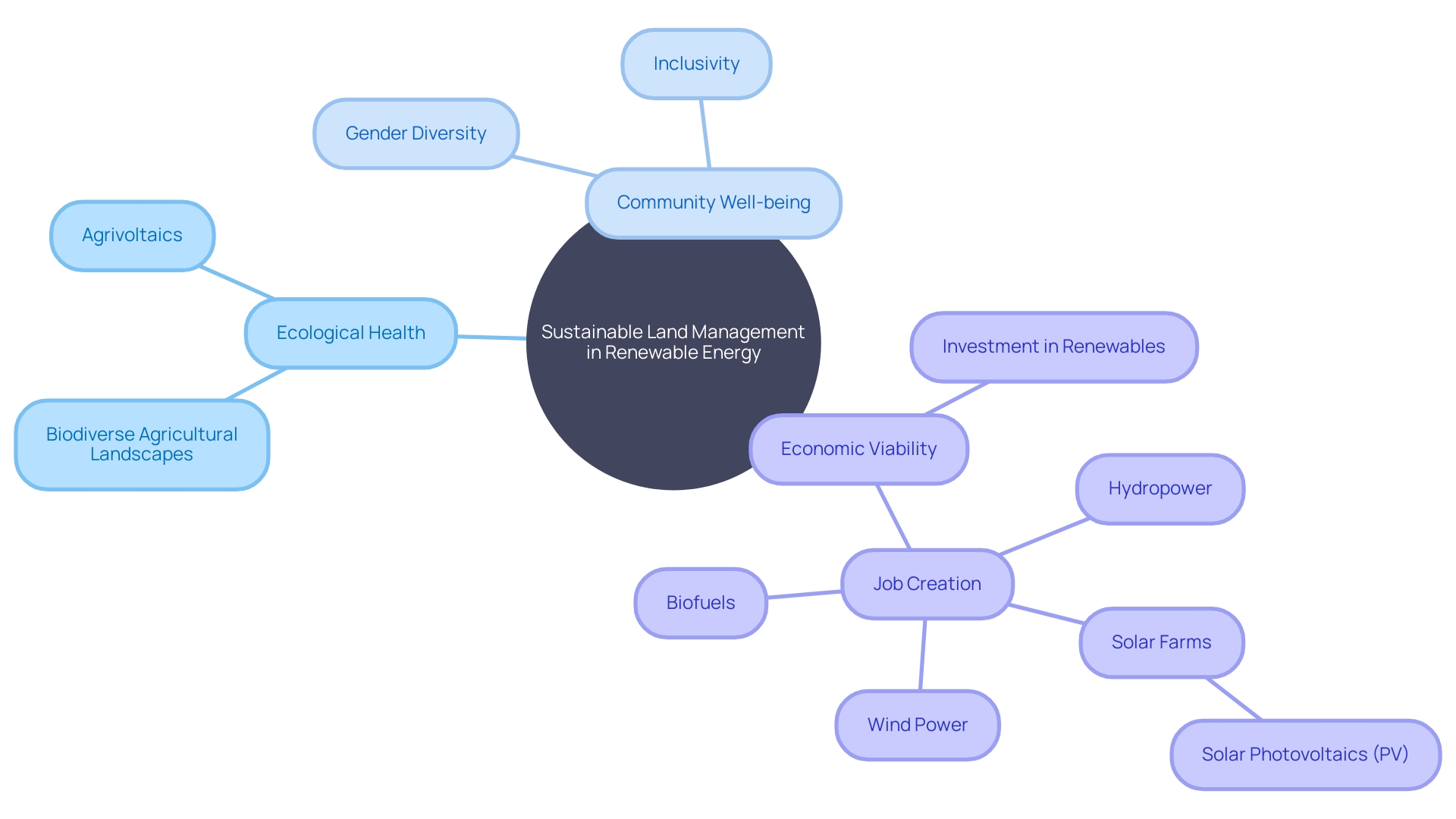
Key Challenges in Energy Land Management
Renewable energy land management requires a strategic approach to navigate the complex terrain of legal, environmental, and societal considerations. As renewable energy technologies evolve, the land acquisition process must adapt to the unique demands of projects like wind farms and solar arrays. For instance, Pete Ferrell's initial reluctance to a wind farm proposal on his ranch in the mid-1990s shifted to acceptance after seeing the potential firsthand in California. This anecdote underscores the importance of stakeholder education and patience in overcoming initial resistance.
Moreover, the urgency to deploy solar energy must be balanced against the environmental impact of land use. In Massachusetts, the conversion of over 5,000 acres of natural and working lands for solar development since 2010 has had significant ecological repercussions, including the loss of natural carbon absorption capacities. This calls for a more nuanced approach to solar siting, prioritizing conservation and ecosystem services.
Collaborative frameworks are emerging to address these challenges. A recent pact among solar developers, environmentalists, and other stakeholders facilitated by the Stanford Woods Institute aims to streamline the process for large solar farms, focusing on early public participation to preempt legal and political gridlocks. This mirrors the 'ecovoltaics' concept proposed by Colorado State University researchers, advocating for solar development that considers ecosystem health.
The economic landscape of renewable energy is also shifting, with the costs of wind and solar power decreasing significantly. Yet, the industry faces hurdles in the form of landowner negotiations and environmental compliance. The National Environmental Policy Act (NEPA) and other regulations, while well-intentioned, can introduce delays and additional costs to energy projects. The evolving regulatory environment requires renewable energy companies to meticulously plan and execute land acquisition strategies, taking into account the temporal value of electricity production and the need for sustainable development practices.
Renewable energy's role in reducing carbon emissions is undeniably critical. The Department of Energy forecasts that solar will constitute a majority of new utility-scale electricity capacity by 2024. However, this growth must be reconciled with the need to preserve agricultural lands and grasslands. This is where innovative solutions like agrivoltaics come into play, demonstrating the potential for co-locating solar power generation with agriculture, thereby maximizing land use efficiency.
In summary, the pursuit of renewable energy land acquisition and management is a multifaceted endeavor that must carefully weigh the immediate benefits of development against long-term environmental and social impacts. With proactive engagement, innovative land use strategies, and an adherence to sustainable practices, organizations can navigate these challenges to achieve successful renewable energy projects.
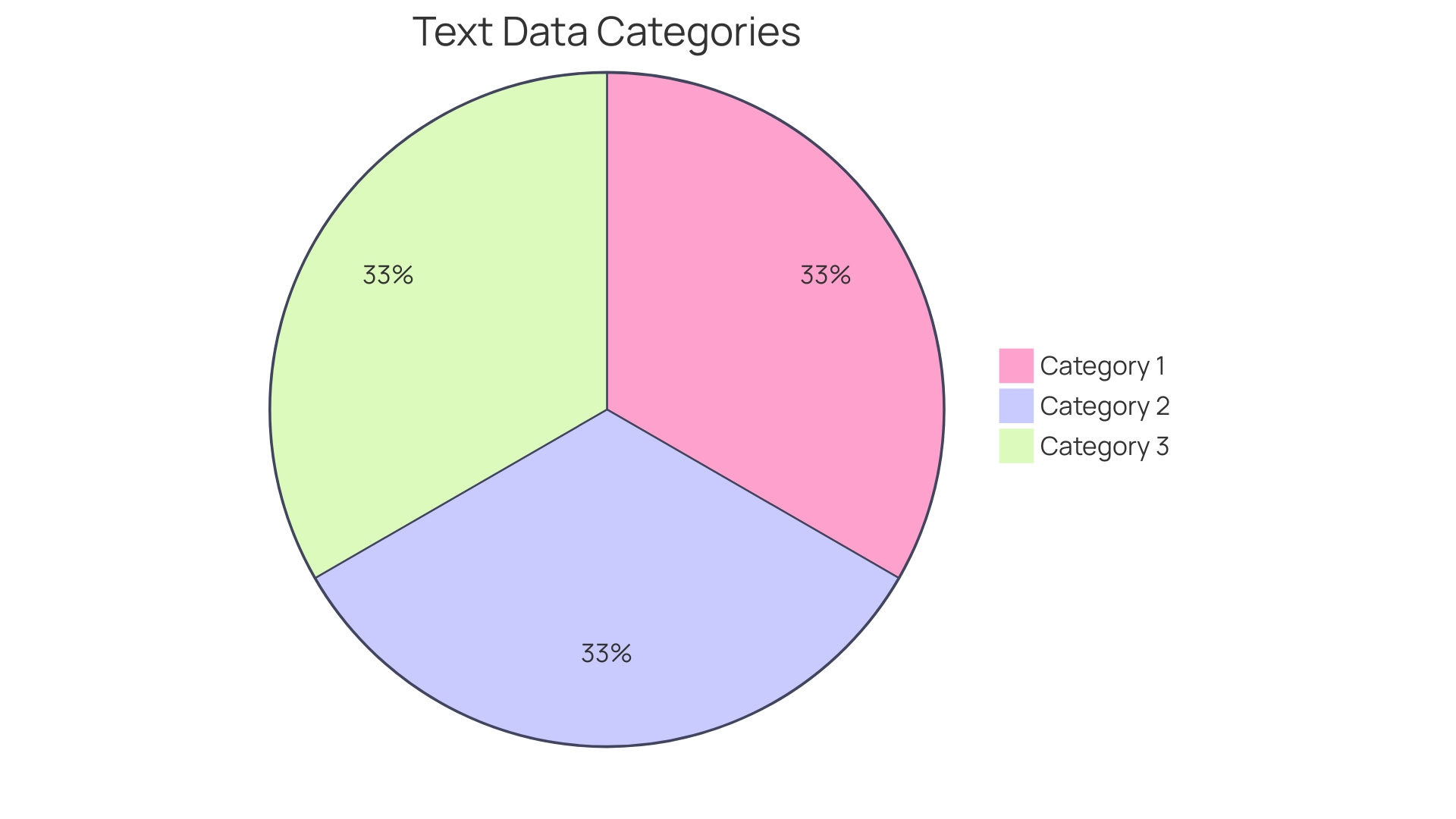
Strategies for Sustainable Land Use
Organizations seeking to navigate the complex terrain of renewable energy land acquisition and management can employ a multitude of strategies to ensure both sustainable resource utilization and the incorporation of renewable energy infrastructure. One such approach, gaining traction for its dual-use benefits, is agrovoltaics, which marries the production of solar energy with traditional agricultural practices. This innovative solution allows for the installation of solar panels on farmland without compromising the growth of crops or the grazing of livestock. With fixed support systems elevating panels, typically around five meters, agricultural machinery can operate unhindered beneath them, ensuring continued food production alongside renewable energy generation.
Experts such as Kaitlyn Spangler from Penn State's College of Ag Sciences highlight the importance of biodiverse agricultural landscapes and their significance for communities. These insights are crucial for managing the transition of landscapes to incorporate renewable energy structures without sacrificing biodiversity. Likewise, Lauren McPhillips, with her expertise in water and soils management, advocates for nature-based solutions and minimal human impact on landscapes, aligning with the ethos of sustainable energy land management.
The solar industry's growth is partly attributed to its lower environmental impact compared to fossil fuel-based energy sources. Recent developments in solar energy, such as the construction of solar arrays and battery storage facilities, offer cheaper energy solutions with minimal CO2 emissions. However, the regulatory landscape remains a challenge, with solar development often entangled in extensive permitting processes that can delay projects by several years.
Statistical data from the Food and Agriculture Organization (FAO) and the National Environmental Policy Act (NEPA) reveal the intricate balance between development, environmental protection, and compliance costs. These regulations, while initially intended to safeguard against environmental harms, can inadvertently create barriers to the deployment of renewable energy infrastructure. As such, a strategic and well-informed approach is necessary to minimize delays and foster a more efficient integration of renewable energy into our landscapes.
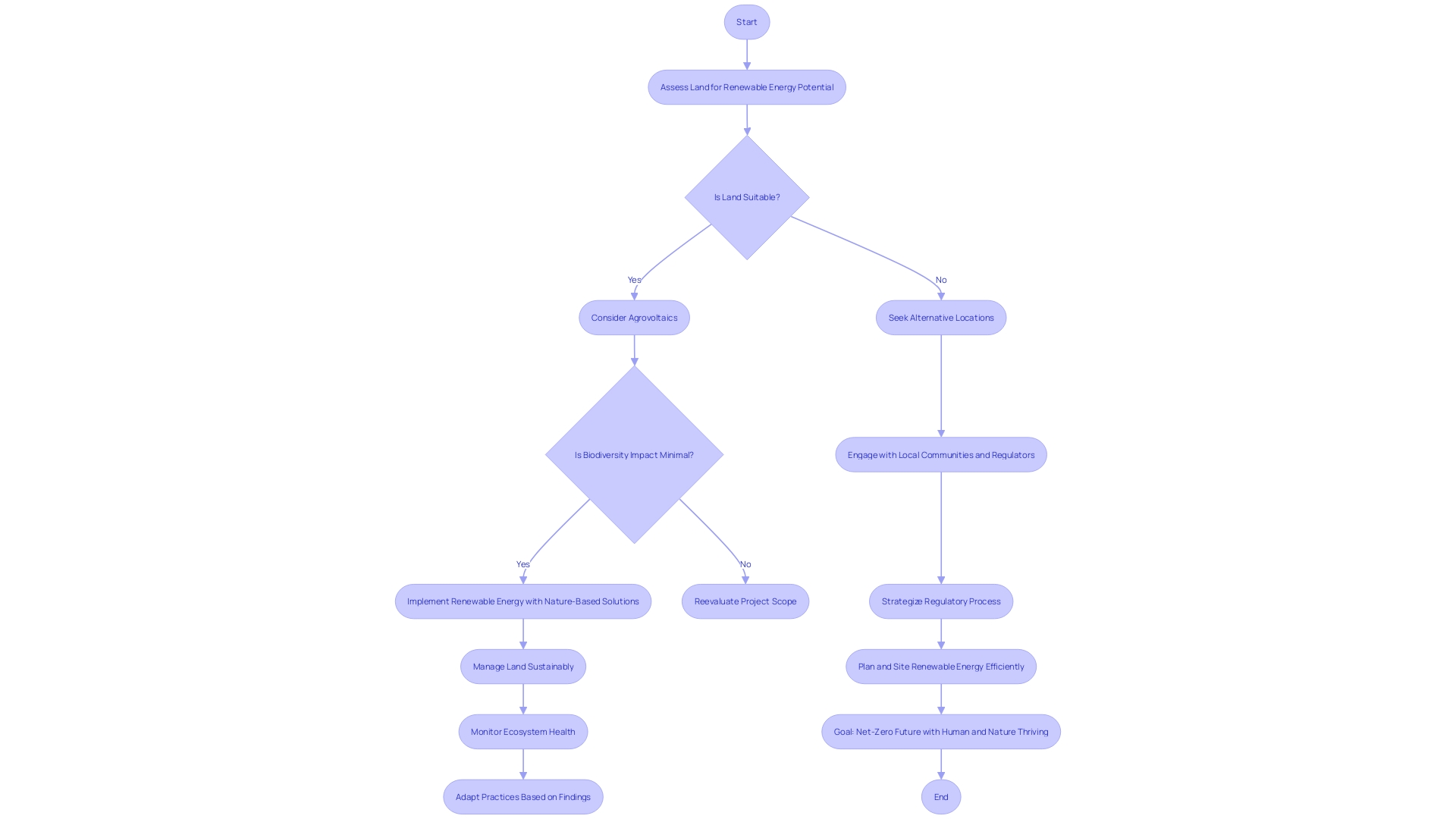
Regenerative Agriculture and Soil Health
Regenerative agriculture, a term defined authoritatively by movements working across all six arable continents, aims to enhance environmental quality, soil vitality, plant health, animal welfare, and community wellbeing. This holistic approach is emerging as a transformative strategy in the renewable energy sector, which can integrate these agricultural practices to maximize land efficiency and ecological benefits. Notable techniques include cover cropping, a method employed by over 523 farmers across 35,000 hectares, resulting in a 14% reduction in nitrate runoff and a 6% decrease in greenhouse gas emissions compared to standard fields. Additionally, crop rotation and minimally invasive tillage contribute to bolstering soil health and sequestering carbon, crucial steps in addressing climate change and sustaining agricultural productivity. Modern conventional farming often relies on synthetic inputs that can degrade soil and ecosystem health, highlighting the importance of regenerative practices in creating resilient food systems and fostering organic growth.
Agroforestry and Integrated Land Use
Agroforestry, an approach blending agriculture with tree cultivation, stands as a dual-purpose strategy that leverages land for crop production while fostering environmental stewardship. This practice is particularly advantageous for renewable energy ventures aiming to optimize land use and bolster ecosystem health. Successful implementations of agroforestry have demonstrated its capacity to diversify income and enhance soil integrity, as seen in Cambodia, where IFAD and WOCAT, in collaboration with the Ministry of Agriculture, employed GIS and drone technology to customize farming solutions for varying landscapes.
Notably, the concept of agrivoltaics, which juxtaposes solar power generation with agricultural activities, is gaining traction as a means to mitigate the ecological footprint of energy production. These systems are suited for a variety of crops, including berries and leafy greens, that are adept at thriving under the dappled shade of solar panels. The incorporation of 'ecovoltaics'—a practice that prioritizes both energy yield and ecosystem functions—into solar farm design is a testament to the industry's commitment to sustainability. Such initiatives underscore the potential of harmonizing renewable energy production with ecological preservation, offering a comprehensive suite of benefits to communities, landowners, and the environment.
Urban Green Spaces and Renewable Energy Integration
Leveraging urban green spaces for renewable energy initiatives provides a multifaceted opportunity to enhance sustainable development within cities. By integrating renewable energy solutions such as solar arrays and wind turbines into these areas, we tap into the potential of underutilized spaces while bolstering eco-friendly power generation. This innovative approach aligns with the principles of landscape ecology and urban planning, advocating for a multi-scale, interconnected green infrastructure that is both functional and beneficial to urban communities. Urban forests, defined by the FAO as a comprehensive network of interconnected urban and peri-urban green spaces, serve as the framework for such integration. These include trees along streets, in parks, residential areas, and educational institutions, as well as those marking the urban-rural interface.
A strategic green infrastructure plan is essential to maintain the vitality of these spaces and amplify their environmental contributions. The implementation of renewable energy systems within these networks is not a one-size-fits-all solution but requires a tailored approach to fit the specific geographical and urban contexts. For instance, the 'Forest City' model, which originated with the 'Bosco Verticale' concept in Milan, demonstrates a pioneering blend of architecture and nature, scaling up to encompass entire urban settlements. Such initiatives are celebrated during events like Milan's Green Week, which emphasize the importance of biodiversity and the harmonious coexistence of built and natural environments.
The pursuit of integrating renewable energy within urban landscapes is further encouraged by international platforms like NEXPO Tallinn, which showcases cutting-edge technologies and smart city solutions, emphasizing the importance of energy and power in the context of sustainable urban development. Cleantech forums also highlight the significance of innovation in this sector, bringing together key stakeholders to drive progress in resource innovation.
In summary, the harmonious integration of renewable energy systems into urban green spaces not only addresses the efficient use of land but also contributes to the overarching goal of creating sustainable, energy-resilient cities. It is a testament to the role of architects, urban planners, and conservationists in shaping the future of urban environments.
Community-Based Land Management
Community-based land management is not just a strategy but a transformative approach that integrates local communities into the heart of renewable energy projects. The inclusive nature of this model has been exemplified in various initiatives globally. For instance, in Chintheche, Malawi, women, who traditionally bear the brunt of agricultural responsibilities, collaborated with Practical Action and Modern Farming Technologies to create an agri-energy business model. This approach not only addressed their unique challenges but also harnessed their potential as key stakeholders in land management.
Similarly, the journey to a solar farm in Saint Lucia, which began with an RMI-led transition strategy, illustrates the long-term planning and community engagement necessary for sustainable energy development. The case of the Achuar people in Ecuador is particularly compelling; despite being surrounded by oil reserves, they chose a different path to power their community, aligning with their vision of a fossil-fuel-free existence.
Research published in Nature Climate Change supports the efficacy of community-managed forests, linking them to positive outcomes like enhanced carbon storage and biodiversity. This research, alongside studies in the journal Carbon Footprints, underlines the minimal impact of subsistence communities on forest loss compared to industrial activities, emphasizing the importance of empowering local communities with formal land rights.
The U.S. Department of Energy's community benefits plan (CBP) underscores the significance of such community-centric approaches, aiming to deliver not only clean energy but also economic equity and job creation. According to the Energy Communities Repository, the impact indicators of energy communities reflect positive influences on local economies and environments.
Endorsing this community-centric model, experts like Kaitlyn Spangler from Penn State recognize the potential of biodiverse agricultural landscapes to enhance community welfare. The implementation of a CBP, as mandated by the DOE, necessitates intentional policy development and engagement with local communities, ensuring that the transition to renewable energy is inclusive and beneficial for all stakeholders involved.
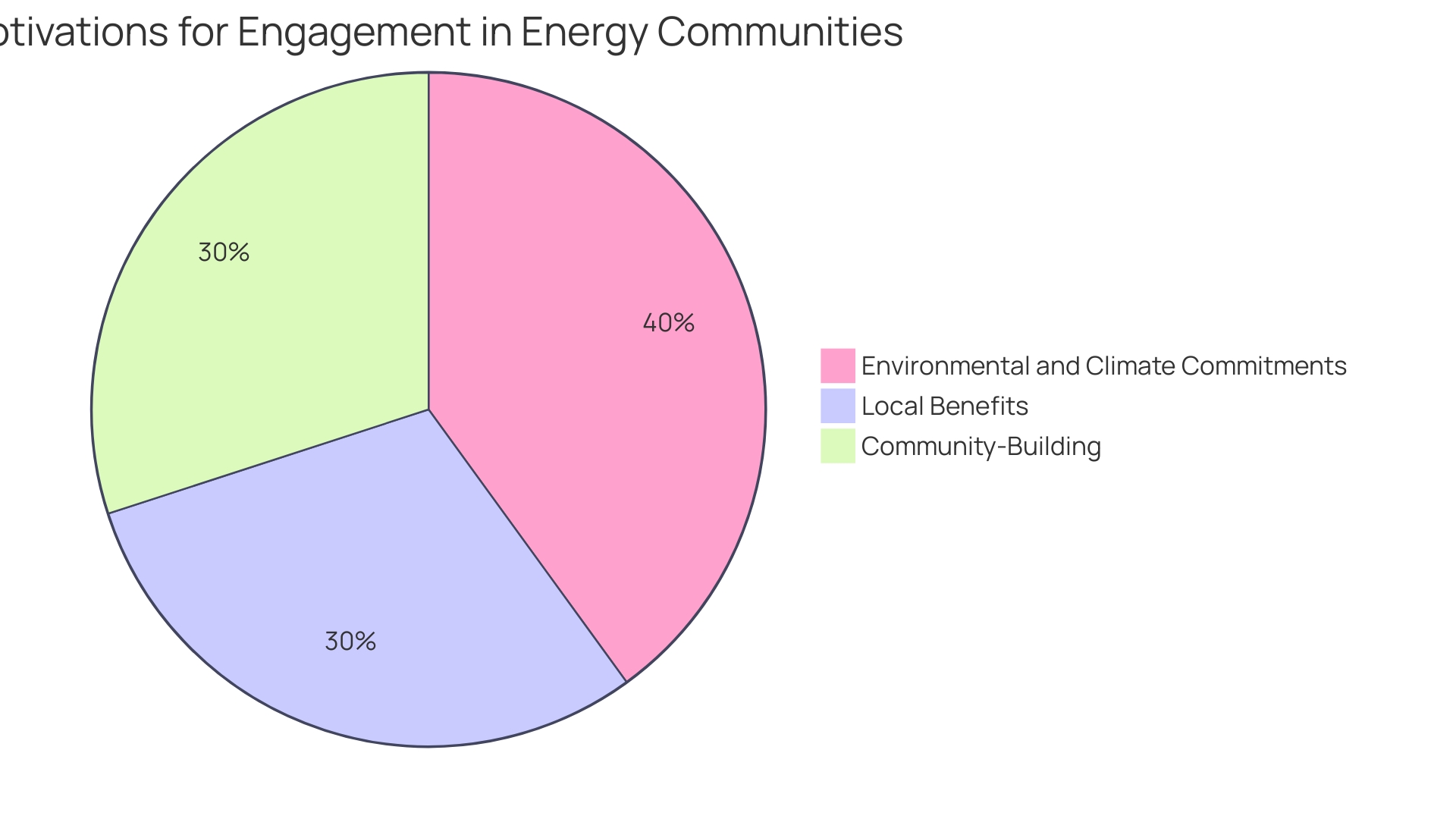
Policy Approaches to Support Sustainable Land Use
The synergy between government policy and the sustainable utilization of land for renewable energy projects is critical to the transition towards cleaner power sources. Notably, experts from diverse fields emphasize the importance of biodiversity in agricultural landscapes and its implications for communities. Figures like Kaitlyn Spangler from Penn State University highlight the value of diversifying agricultural landscapes, which ties into how land management policies could support renewable energy initiatives while maintaining community and ecological health. Moreover, the government's commitment, as illustrated by the UK's aim to protect 30% of its land by 2030, sets a precedent for integrating land conservation with renewable energy goals.
Investments and policies are being directed towards innovative agricultural technology, such as robotic mechanical weeding, to bolster sustainable practices that align with renewable energy development. The Canadian government's investment in clean energy projects across Alberta, totaling over $175 million, showcases a tangible move towards reducing emissions and fostering economic growth through sustainable land use.
Furthermore, the International Renewable Energy Agency (IRENA) reports a consistent increase in renewable power generation capacity over the past decade, underscoring the global shift towards renewable energy sources. This is complemented by investment trends that support the sector's growth, as well as a focused interest in localizing supply chains to enhance domestic job creation and value.
Statements from professionals like Lauren McPhillips, who works on water and soils management, echo the notion that managing human impacts on the landscape is essential. This is particularly relevant as policies evolve to reflect the dual goals of protecting natural habitats and advancing renewable energy, as seen in the draft National Policy Statement on Natural Hazard Decision-making, which emphasizes risk evaluation in land-use planning.
The World Bank's strategy outlines a virtuous cycle for catalyzing clean energy projects in developing countries, reinforcing the role of structured policies, and streamlining licensing and approvals processes. This approach is vital for attracting private investment and fostering resilience, demonstrating the global effort to balance the protection of natural landscapes with the imperative of transitioning to renewable energy sources.
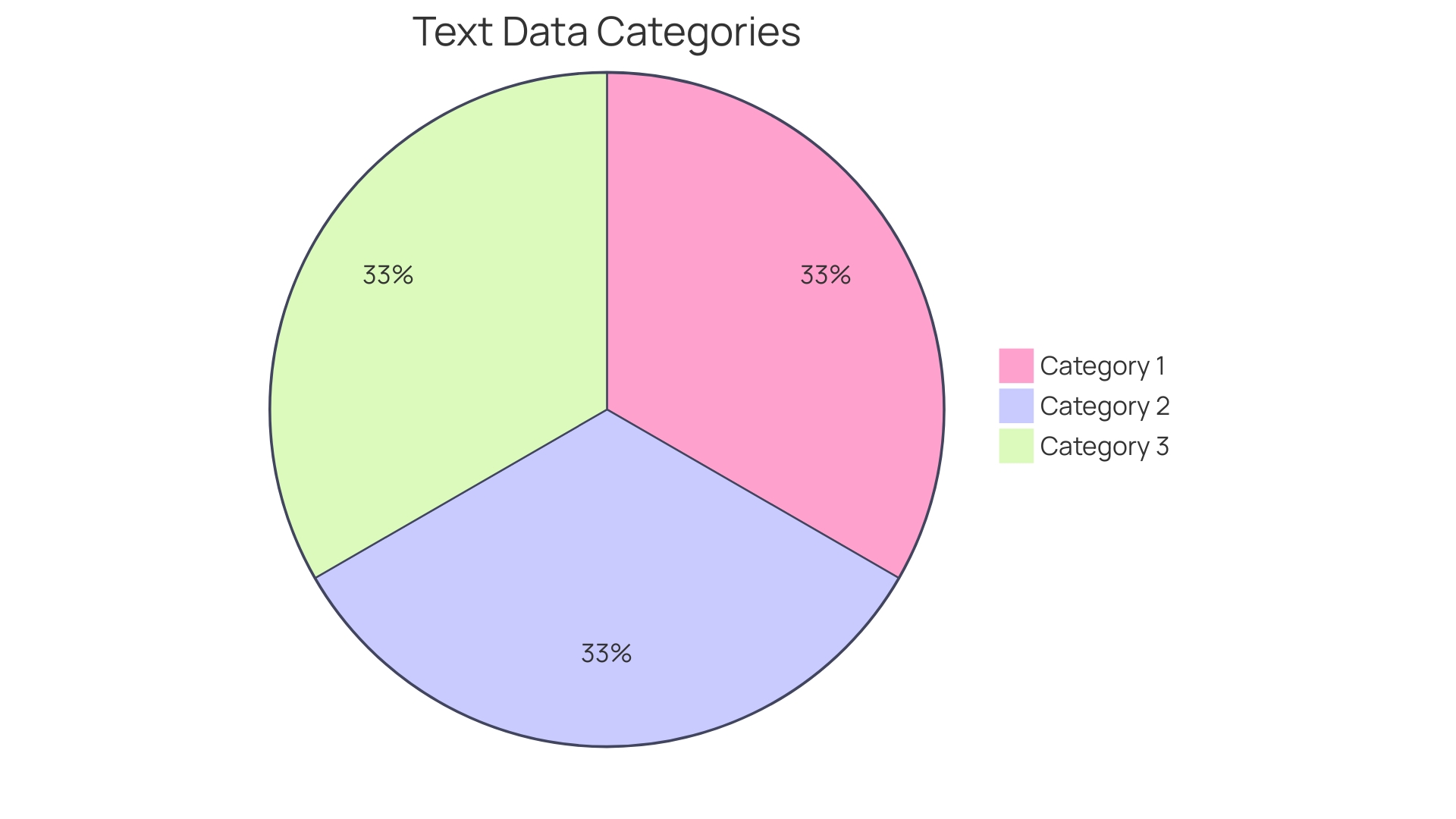
Implementing Urban Zoning and Renewable Energy Siting
Urban zoning regulations and renewable energy siting guidelines serve as essential tools for integrating renewable energy projects within urban landscapes. Strategic location planning of such infrastructure is paramount to minimizing land-use conflicts while maximizing energy generation efficiency. This approach aligns with the experiences of Minneapolis, which through inclusive engagement strategies, was able to implement transformative zoning reforms addressing housing affordability, racial justice, and environmental considerations. Similarly, Ghana's efforts to enhance energy provision in urban informal settlements underscore the importance of localized renewable energy solutions to meet growing demands while navigating infrastructural challenges.
Case studies, such as the environmental impact of solar farm expansion in Massachusetts, illustrate the critical balance between renewable energy development and natural land conservation. With over 5,000 acres of land transformed for solar projects since 2010, it's evident that while renewable energy infrastructure is crucial for combating climate change, it requires careful siting to prevent ecological harm. This is supported by the fact that natural ecosystems and farm soils are significant carbon sinks, absorbing a notable percentage of the state's greenhouse gas emissions annually.
Renewable technologies not only offer environmentally sound energy options but also present economic advantages. Solar power's affordability and wind's cost-competitiveness, coupled with decreasing costs nationwide, make renewable energy a viable choice for consumers. Furthermore, energy efficiency measures in homes and buildings contribute meaningfully to health and safety by ensuring optimal air quality and comfort, as noted by energy experts.
The national landscape for renewable energy is rapidly evolving, with states like Michigan navigating the tension between local zoning restrictions and state-wide renewable energy mandates. While some jurisdictions have enacted rules that limit renewable energy development, often with environmental or agricultural concerns in mind, others have legislated to prevent such local barriers. The resultant dynamic underscores the need for comprehensive planning and regulation that harmonizes local interests with the overarching goal of sustainable and equitable energy access.
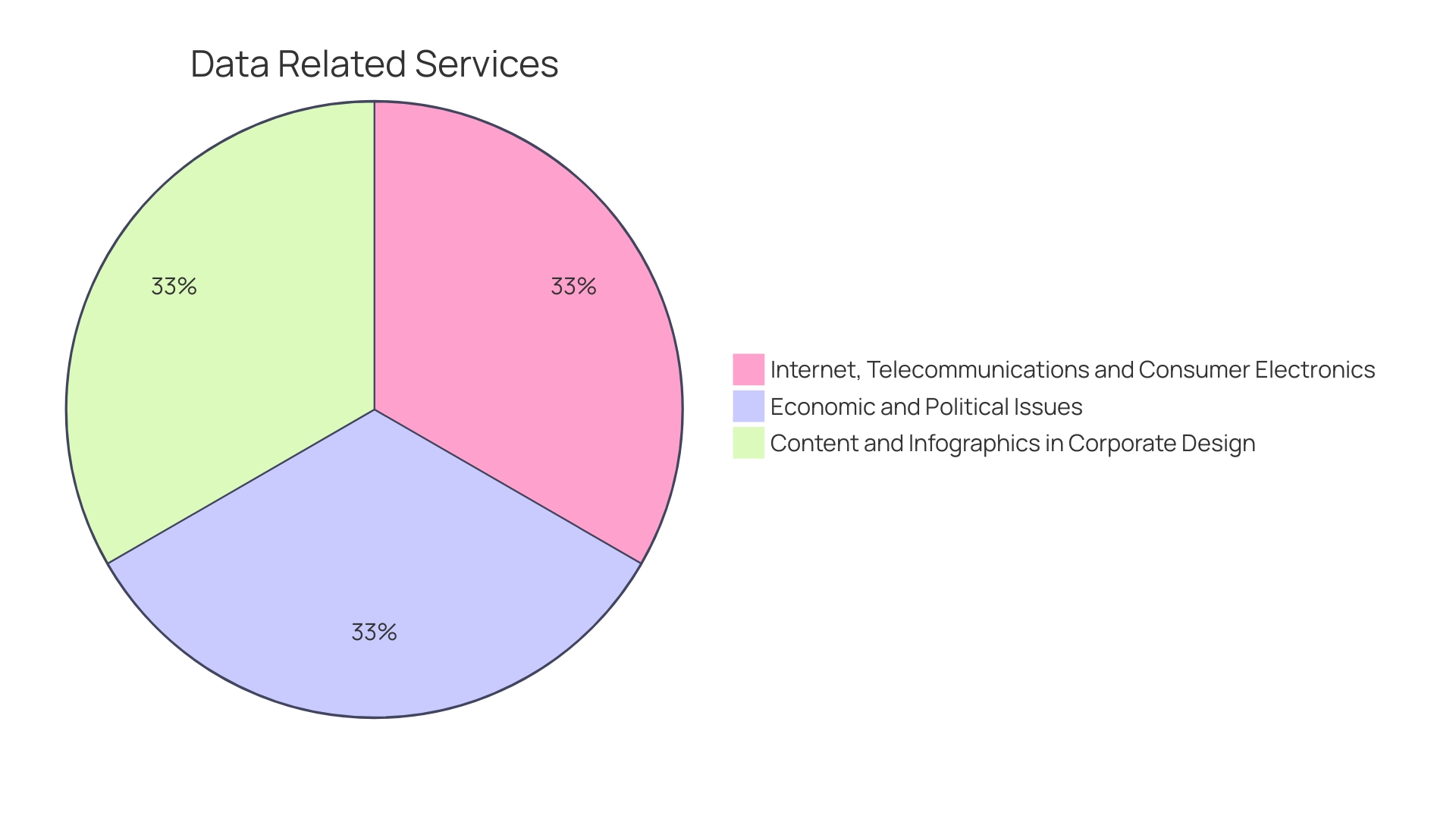
Balancing Infrastructure Buildout with Environmental Protection
Land acquisition for renewable energy projects must be carefully balanced with environmental stewardship. By conducting thorough environmental impact assessments, implementing mitigation strategies, and embracing nature-based solutions, we can reduce ecological disruption. For instance, the construction of the South Fork Wind Farm, a $2 billion joint venture, required meticulous planning to transport massive turbine blades from Europe to New London pier, considering the environmental sensitivities of maritime ecosystems.
Moreover, the deployment of battery energy storage units, as seen in the Daggett project's phased construction, emphasizes the importance of integrating energy infrastructure with ecological preservation. As the project advances, environmental compatibility remains a paramount concern, particularly in light of legal challenges such as those faced by the SunZia project, which underwent scrutiny for its potential environmental impact.
International incidents also underscore this delicate balance. In Brazil, the influx of renewable power generation has strained the national grid, leading to policy shifts that impact the viability of renewable investments, especially in regions where transmission bottlenecks occur. Similarly, the removal of hydroelectric dams on the Klamath River, celebrated as a win for biodiversity, demonstrates a commitment to harmonizing energy needs with the natural world.
These examples reflect the growing need for a nature-positive approach to infrastructure, as outlined in the Playbook for Nature-Positive Infrastructure Development. This strategic guide, developed by WWF, FIDIC, and AECOM, equips engineers and conservationists with the tools to incorporate environmental considerations into project designs, aligning with the Kunming-Montreal Global Biodiversity Framework's objectives.
Notably, environmental laws that once curtailed traditional 'brown' infrastructure now pose challenges for green projects. Ironically, legislation intended to protect the environment can delay and escalate the costs of renewable energy infrastructure, a reality highlighted by both historical and contemporary critiques. However, with the use of code-based life cycle assessment methods, researchers at NREL have made strides in evaluating the environmental impacts of renewable technologies, ensuring that progress towards sustainable energy does not come at the cost of our planet's health.
A People-Centered Approach to Land Management
Adopting a people-centered approach in renewable energy land acquisition and management is pivotal, which necessitates the inclusion of local stakeholders and communities from the onset. Researchers at Penn State, such as Kaitlyn Spangler, emphasize the significance of biodiverse agricultural landscapes and their impact on the communities involved. These considerations are essential in transitioning landscapes to accommodate renewable energy sources like solar.
Recent developments have seen solar energy's popularity surge due to its increasingly competitive costs and low environmental impact. However, Sarah Mills from the University of Michigan highlights social acceptance as the new bottleneck, noting that community opposition has led to the cancellation or delay of a third of wind and solar applications.
To address these challenges, a landmark agreement facilitated by the Stanford Woods Institute for the Environment, the Solar Energy Industries Association, and the Nature Conservancy aims to streamline the process of establishing large solar farms. This agreement emphasizes early public participation in the siting process to prevent legal and political disputes, ultimately accelerating solar energy adoption and contributing to climate change mitigation.
Moreover, the importance of balancing solar energy development with existing land use, such as agriculture, has been stressed by Lauren McPhillips. This balance is critical in mitigating conflicts that arise from the ideal land types required for solar farms.
The Department of Energy's introduction of Community Benefits Agreements and Plans underscores the need for developers to engage with and deliver measurable benefits to local communities. These initiatives serve as a testament to the importance of stakeholder engagement in renewable energy projects, ensuring that the transition to renewable energy includes social and economic considerations alongside environmental ones.
Engaging Local Stakeholders and Communities
Local stakeholders and surrounding communities play a crucial role in the successful development of renewable energy projects. Their involvement not only ensures transparency but also nurtures trust and facilitates shared decision-making. By incorporating feedback from those directly impacted by renewable energy initiatives, companies can proactively address concerns, forge potential solutions, and foster a collective sense of ownership and endorsement.
For instance, the Appalachian Center for Civic Life at Emory and Henry College conducted a community survey revealing local government leaders' perspectives on adopting low-carbon energy technologies. This survey exemplifies how developers and economic development agencies can effectively gather community input, an approach underscored by the recent federal investments in renewable energy for Southwest Virginia. Engaging with communities through such methods is paramount, particularly as the region considers hosting small modular nuclear reactors (SMRs).
Similarly, the deployment of offshore wind projects along the California and Oregon coastlines illustrates the breadth of activities required for such endeavors. The offshore wind cluster necessitates extensive infrastructural development, including ports, grid systems, and local amenities, to support the burgeoning industry. Stakeholder collaboration is vital in this context to ensure the equitable distribution of benefits and avoid the exploitative practices associated with past economic pursuits. A visit to Humboldt County, California, by Tony Pipa illuminated the concerted efforts of local stakeholders, such as tribal leaders, to share the advantages of a significant offshore wind installation capable of producing 6% of California's current energy needs.
An illustrative case of participatory community engagement comes from legal instruments like community benefit agreements, which define the benefits owed to host communities by project developers. These agreements are an evolving tool for ensuring that communities have a tangible stake in local energy projects.
Moreover, experiences from the POWER UP pilots provide insight into the economic, technical, and legal aspects of establishing renewable energy installations. These insights prove invaluable for local administration employees, whether technical, administrative, or elected officials, by offering accessible information on solar and wind projects. The pilots also offer detailed case studies from cities across Europe that have successfully integrated renewable energy solutions, ensuring a comprehensive understanding for those interested in learning about the installations' finer details.
Sarah Mills, an associate professor at the University of Michigan, highlights the importance of social acceptance as a current bottleneck in renewable energy deployment. She cites a survey indicating that community opposition led to the cancellation of roughly a third of wind and solar applications, with about half experiencing delays of six months or more.
These examples underscore the importance of community engagement in renewable energy projects. Stakeholder participation not only addresses practical concerns and solutions but also contributes to the broader knowledge base, assisting others in finding inspiration and practical solutions for their renewable energy endeavors. The detailed mapping of these projects, classified by technology, site, actor, and key features, offers a nuanced representation of the energy transition landscape, underscoring the multifaceted nature of the energy transition beyond just technological solutions.
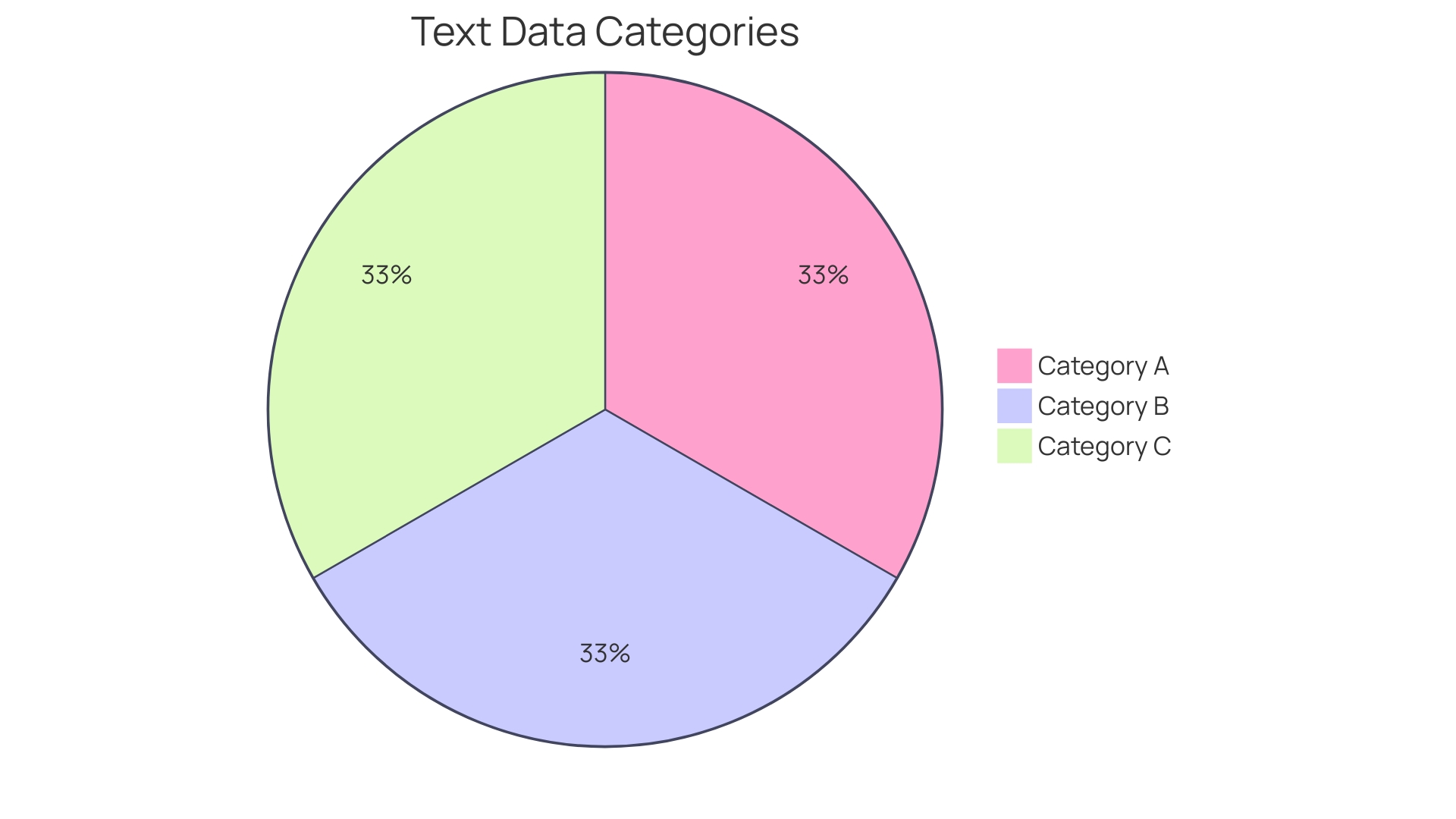
Case Studies and Successful Implementations
Exploring real-world applications of renewable energy integration with land management has yielded innovative solutions that harmonize ecological stewardship with energy production. The concept of agrivoltaics, which amalgamates agriculture with solar energy on the same land, is gaining traction. Research led by ecologist Alan Knapp at Colorado State University delves into how solar arrays impact plant growth and water use in grassland ecosystems, aiming to guide solar development towards environmental sustainability.
The synergy between agriculture and renewable energy is exemplified by the Tützpatz project, where Vattenfall is advancing this burgeoning technology. Here, renewable power supports the operations of Deutsche Telekom's mobile stations, demonstrating a practical implementation of sustainable practices that benefit both energy production and agriculture.
In the realm of wind energy, the initially hesitant owner of a ranch, Pete Ferrell, shared how his perspective on wind farms transformed after visiting a wind project near the Altamont Pass, eventually leading to the establishment of a wind farm on his property. This shift mirrors the broader acceptance and integration of renewable energy into various landscapes, including private lands like the Santa Lucia Preserve in California. Here, a commitment to eco-friendly design is taken a step further with the construction of a residence meeting The Living Building Challenge's exacting standards.
These cases are supported by a substantial body of research from diverse sources, highlighting the multidisciplinary nature of renewable energy and land management. The Global Status Report (GSR) sheds light on the renewable sector's evolution and its intersection with other domains, including agriculture and community engagement. IRENA's comprehensive statistics on renewable power generation capacity further underscore the growing global embrace of sustainable energy solutions.
Collectively, these examples and data points illustrate the dynamic interplay between renewable energy and land use, emphasizing the potential for mutually beneficial outcomes when energy projects are thoughtfully integrated with environmental and community considerations.
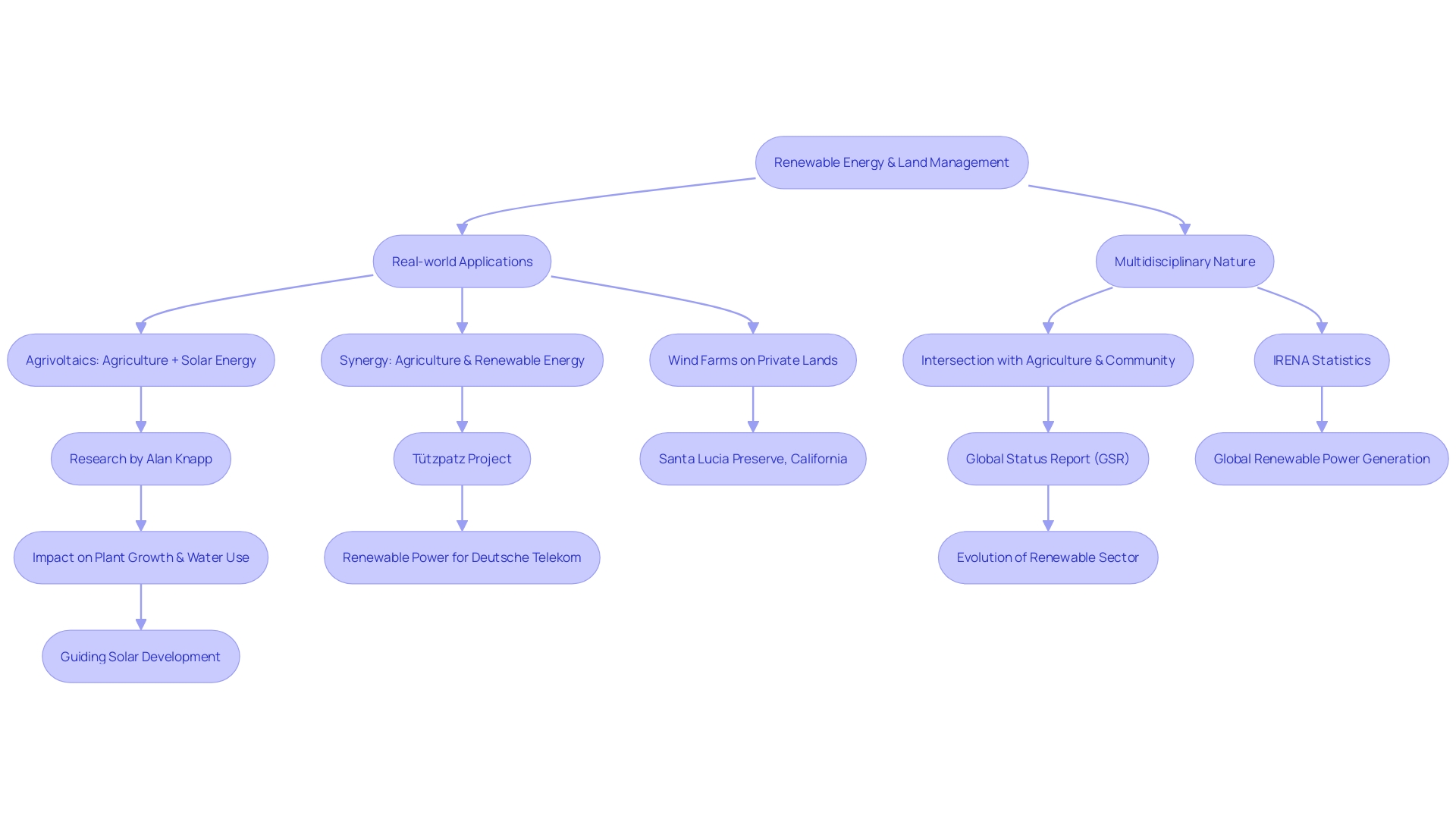
Monitoring and Evaluating Sustainable Land Management Practices
To optimize the management of land for renewable energy projects, it's pertinent to monitor and evaluate sustainable land management practices continually. This approach ensures that the strategies in place are effective and allows for the identification of refinements that could be made for future initiatives. A tangible example of this is the adoption of the Sustainable Development Goals (SDGs) by many organizations as a metric to assess the sustainability of their activities. Despite the complexity of analyzing activities with diverse outcomes, such as the palm oil industry and its varied impact on environmental and social dimensions, continuous assessment is fundamental.
Incorporating ecosystem-based adaptation (EbA) strategies leverages biodiversity and ecosystem services to support communities in adapting to the adverse effects of climate change. This includes the sustainable management, conservation, and restoration of ecosystems. Similarly, locally-led adaptation (LLA) emphasizes the importance of local community leadership in adaptation efforts, affirming that those who are most familiar with the challenges should guide decision-making.
Case studies like the one from Lodwar Town in Turkana County illustrate the practical challenges and necessities of sustainable land management. As the town experiences rapid growth and industrial expansion, the demand for water has surged, highlighting the need for sustainable practices in managing natural resources and infrastructure development.
Additionally, Cristina Calvo, CEO of Green My Experience, underscores the importance of setting clear, measurable goals for sustainability, such as reducing carbon emissions or promoting ethical sourcing. These goals are foundational for making informed decisions and tracking progress. Venues with sustainability certifications, like LEED, anchor the planning process for greener projects.
The accountability of organizations is critical. As noted by the UN Global Compact, despite numerous sustainability and ESG initiatives, progress has been limited, with many companies overstating their sustainability efforts. This highlights the need for improved tools and measurements to support genuine sustainability activities.
Supporting these perspectives, Project Drawdown provides a comprehensive review and analysis of climate solutions, emphasizing the urgency to reach 'Drawdown'—the point when atmospheric greenhouse gas levels start to decline. This ongoing effort showcases the need for current and robust resources to inform and guide sustainable land management for renewable energy development.
By continuing to measure and refine sustainability practices, organizations can make informed decisions that align with the physical dimensions of environmental sustainability, such as energy, material, and water use efficiency, as well as their impact on biodiversity and air quality. These efforts are essential to ensure the responsible acquisition and management of land for renewable energy projects and to move towards a more sustainable and resilient future.
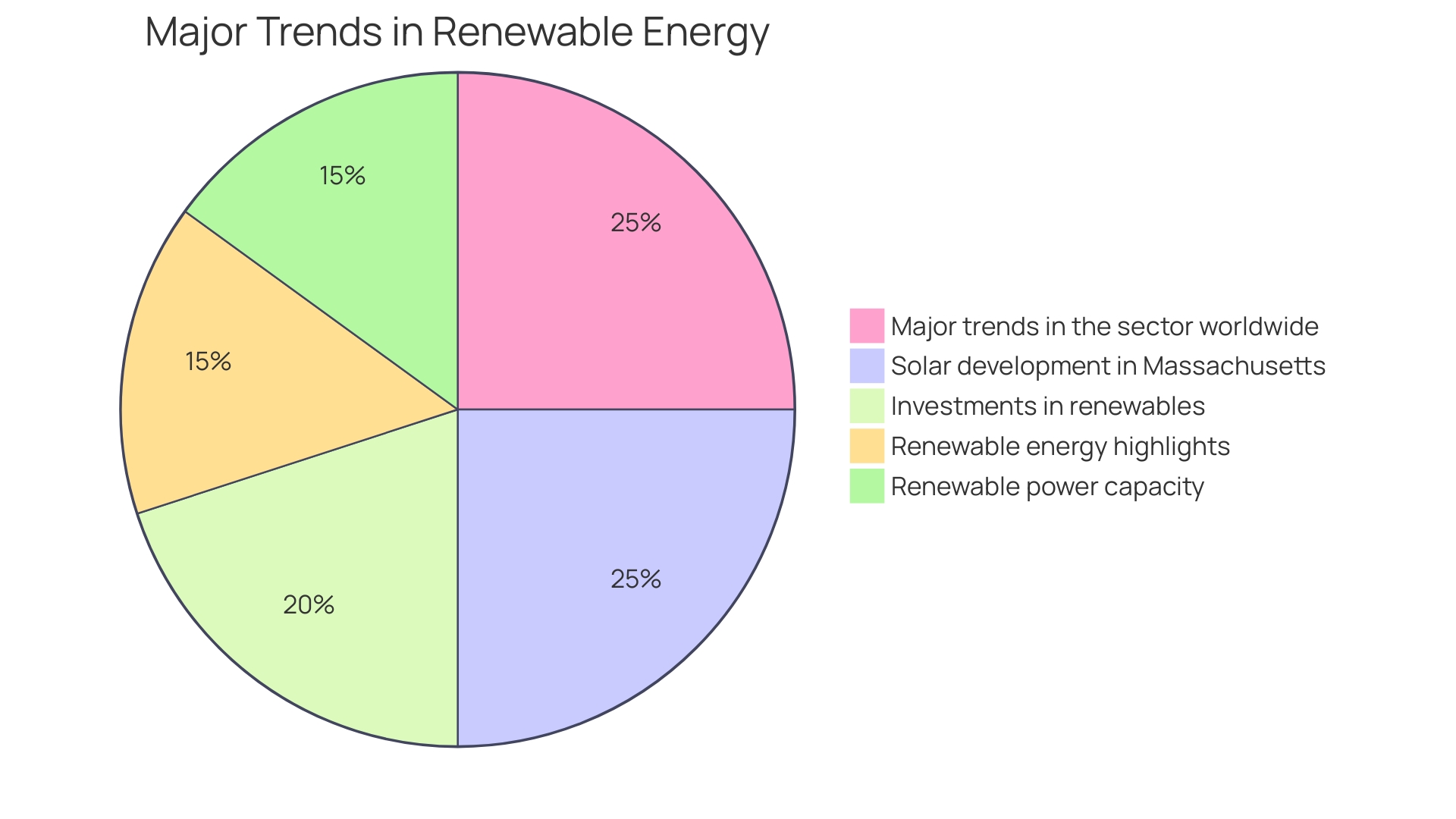
Conclusion
Renewable energy projects require sustainable land management to minimize environmental impact and maximize benefits to ecosystems and communities. Strategies like agrivoltaics, regenerative agriculture, and agroforestry offer dual-use benefits, combining renewable energy generation with traditional agricultural practices and enhancing soil health. Solar farms play a crucial role in clean energy production, but addressing inclusivity and gender disparities in green energy jobs is essential for a more equitable and sustainable future.
Sustainable land management encompasses ecological health, community well-being, and economic viability. It requires a multifaceted approach that balances the immediate benefits of development with long-term environmental and social impacts. Policy approaches, such as government commitments to land protection and investments in clean energy projects, support the integration of land conservation and renewable energy goals.
Engaging local stakeholders and communities is vital for the success of renewable energy projects. Inclusive participation fosters transparency, trust, and shared decision-making, ensuring that projects benefit all stakeholders. Monitoring and evaluating sustainable land management practices help optimize land use for renewable energy projects, ensuring effective strategies for the future.
In conclusion, by balancing infrastructure development with environmental protection, adopting a people-centered approach, and supporting sustainable land use through policy and community engagement, we can create a resilient and sustainable energy landscape for a cleaner and brighter future.
Join our community and be part of the renewable energy revolution!




